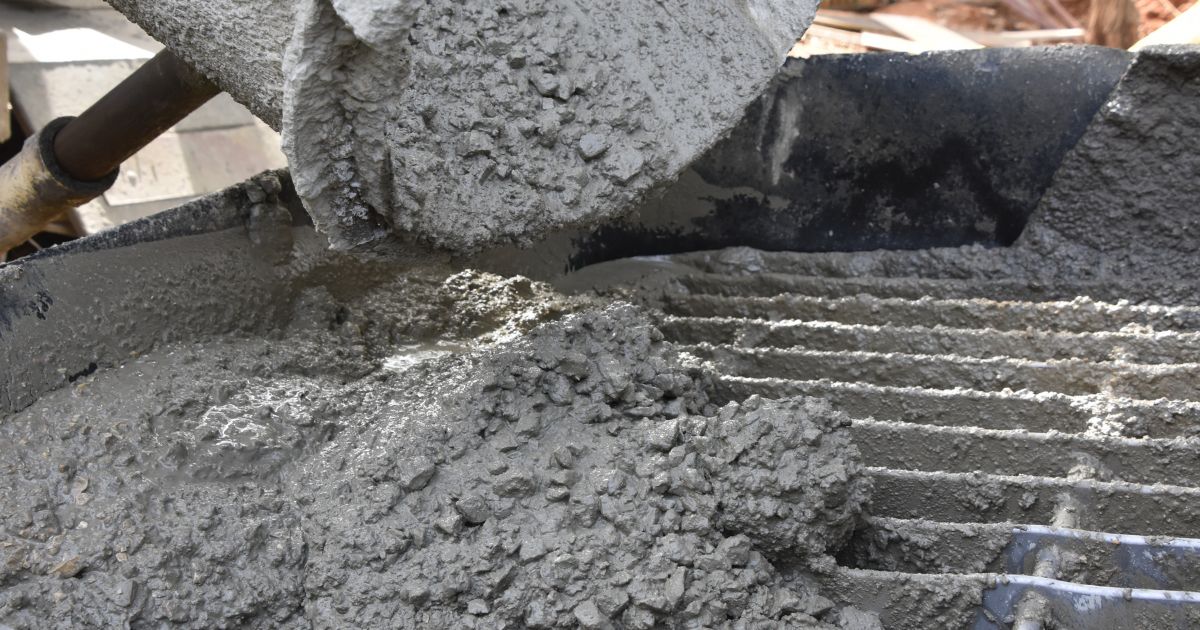Concrete is one of the most durable and reliable building materials, but over time, even the best-laid concrete can develop cracks, spalling, and other forms of damage. Concrete repair is essential to maintain the integrity and aesthetics of structures. Proper repair techniques not only restore the concrete’s appearance but also extend its lifespan. In this blog, we’ll explore expert tips and techniques for effective and long-lasting concrete repair.
Understanding Concrete Damage
Before diving into concrete repair techniques, it’s important to understand the common types of damage that concrete can suffer:
- Cracking: This is the most common form of concrete damage and can be caused by various factors including shrinkage, thermal expansion, and contraction, or structural overload.
- Spalling: This occurs when the surface of the concrete flakes away, often due to freeze-thaw cycles, corrosion of reinforcing steel, or impact.
- Scaling: This refers to the peeling or flaking of a hardened concrete surface, often caused by exposure to de-icing salts.
- Discoloration: While not a structural issue, discoloration can affect the aesthetics of concrete surfaces and can be caused by improper curing, environmental factors, or chemical reactions.
- Efflorescence: This is the formation of a white powdery substance on the surface of the concrete, caused by the migration of salts to the surface.
Preparation is Key
Proper preparation is crucial for successful concrete repair. Here are some essential steps:
- Assessment: Thoroughly inspect the damaged area to understand the extent of the damage and identify the underlying cause. This helps in choosing the appropriate repair method.
- Cleaning: Remove all loose material, dirt, oil, and debris from the damaged area. A clean surface ensures better adhesion of the repair material.
- Moisture Control: Ensure the repair area is free from excessive moisture. Wet surfaces can prevent proper bonding of the repair material.
- Surface Preparation: For significant damage, consider using mechanical methods such as chiseling, grinding, or sandblasting to prepare the surface. For minor cracks, cleaning with a wire brush may suffice.
Choosing the Right Repair Material
Selecting the appropriate repair material is crucial for the durability of the concrete repair. Here are some commonly used materials:
- Epoxy Resins: These are ideal for repairing cracks and bonding new concrete to old concrete. Epoxy resins provide excellent adhesion and mechanical properties.
- Polyurethane Sealants: These are flexible and can accommodate slight movements, making them suitable for sealing cracks in concrete structures.
- Cementitious Mortars: These are commonly used for patching and resurfacing concrete surfaces. They offer good compatibility with the existing concrete.
- Polymer-Modified Mortars: These are enhanced with polymers to improve their adhesion, flexibility, and resistance to chemicals and weathering.
- Concrete Overlays: These are used to resurface worn or damaged concrete, providing a fresh and durable surface.
Concrete Repair Techniques
Here are some effective techniques for concrete repair:
Crack Injection:
For narrow cracks, injection with epoxy resin or polyurethane foam can provide a strong and durable repair.
The process involves sealing the surface of the crack and injecting the repair material under pressure.
Patching:
For spalling and scaling, patching with a cementitious or polymer-modified mortar is effective.
Remove the damaged concrete, apply a bonding agent, and fill the area with the repair material.
Surface Resurfacing:
For large areas with surface damage, resurfacing with a concrete overlay is recommended.
Clean and prepare the surface, apply a bonding agent, and spread the overlay material evenly.
Reinforcement Corrosion Repair:
For corrosion of reinforcing steel, remove the damaged concrete to expose the steel.
Clean the steel, apply a corrosion inhibitor, and patch the area with a suitable repair mortar.
Slab Jacking:
For sunken slabs, slab jacking involves injecting a grout mixture beneath the slab to lift it back to its original position.
This technique is commonly used for driveways, sidewalks, and floors.
Best Practices for Long-lasting Concrete Repair
To ensure the durability of your concrete repair, follow these best practices:
- Proper Mixing: Follow the manufacturer’s instructions for mixing repair materials. Incorrect mixing ratios can compromise the strength and adhesion of the repair.
- Adequate Curing: Proper curing is crucial for the strength and durability of the repair. Keep the repaired area moist and protected from extreme temperatures and direct sunlight.
- Environmental Considerations: Be mindful of the weather conditions during the repair process. Avoid repairs during extreme heat, cold, or rain.
- Use of Bonding Agents: Bonding agents enhance the adhesion between the old concrete and the repair material. Apply them as recommended by the manufacturer.
- Regular Maintenance: Periodically inspect and maintain the repaired area to address any new issues promptly. This helps in extending the life of the repair.
Preventing Future Damage
Preventative measures can help minimize the need for future concrete repairs:
- Proper Design and Construction: Ensure that the concrete structure is designed and constructed to withstand the intended loads and environmental conditions.
- Quality Materials: Use high-quality concrete and reinforcement materials to enhance the durability of the structure.
- Adequate Drainage: Ensure proper drainage around concrete structures to prevent water accumulation and potential damage.
- Regular Inspections: Conduct regular inspections to identify and address minor issues before they escalate into major problems.
Conclusion
Concrete repair is essential for maintaining the structural integrity and aesthetics of concrete structures. By understanding the types of damage, preparing the repair area properly, choosing the right materials, and following best practices, you can achieve long-lasting concrete repairs. Preventative measures and regular maintenance further contribute to the durability of your concrete structures.
Whether you’re dealing with cracks, spalling, or surface damage, addressing the issues promptly and effectively ensures that your concrete structures remain strong and durable for years to come. With the right knowledge and techniques, you can tackle concrete repair projects with confidence, ensuring lasting results and prolonging the life of your concrete investments.







